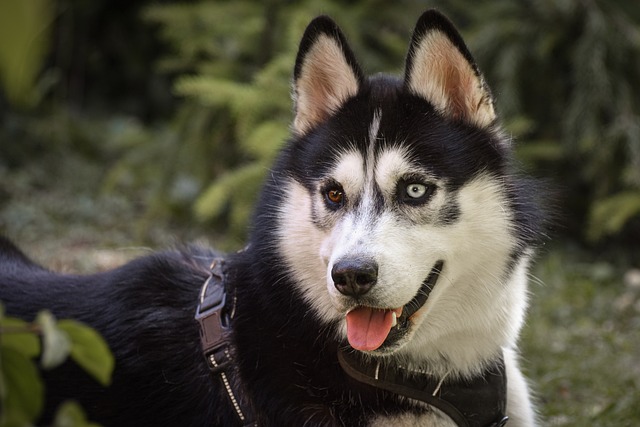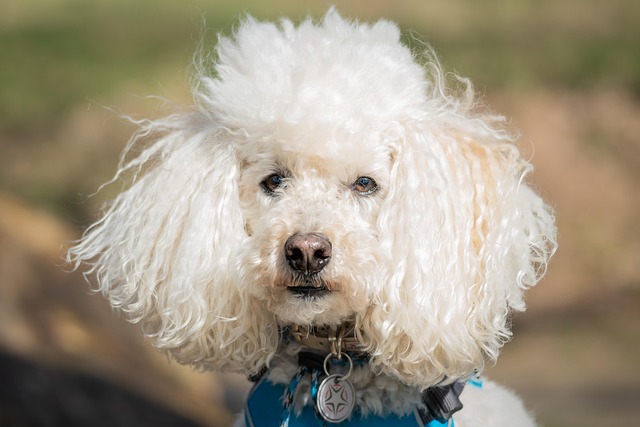
Is direct sunlight good for dogs
Picture your sunbathing Labrador sprawled on the patio – adorable, right? But when that Arizona afternoon hits 95°F, that same scene becomes dangerous.
Knowing the first signs of bloat in your dog isn't just helpful – it could literally save their life. Canine bloat, more accurately called Gastric Dilatation-Volvulus (GDV), is a terrifying veterinary emergency where the stomach fills with gas and can twist on itself. It strikes fast, often large and deep-chested breeds like Great Danes or Weimaraners, but any dog can be at risk. Recognising those early, subtle signals means the difference between getting your dog to the vet in time and a devastating outcome. So, what exactly should you watch for?
The absolute earliest signs often involve restlessness and discomfort. Your dog might seem agitated, unable to settle. They may pace anxiously, whine, or keep looking at their belly. You might notice repeated, unproductive attempts to vomit – they'll heave or retch but bring up little or nothing, or perhaps just some frothy saliva. This is a critical red flag, especially if it happens soon after eating or drinking. Alongside this, a noticeable change in their abdomen is common. It might appear visibly swollen or feel unusually tight and firm to the touch, almost like a drum. Your dog will likely react painfully if you gently press near their ribs or flank.
Pay close attention to their breathing too. As the stomach expands, it puts pressure on the diaphragm, making breathing difficult. You might see rapid, shallow breaths or even laboured panting, even if they haven't been exercising. Excessive drooling is another frequent early symptom, often more than their usual slobber. They might stand in an unusual, stretched-out posture, almost like they're trying to take pressure off their belly. A general look of distress or profound lethargy setting in rapidly are also major warning lights.

Here's the crucial thing: time is absolutely critical. GDV progresses with frightening speed. What starts as restlessness and unproductive vomiting can deteriorate into shock, collapse, and organ failure within mere hours – sometimes even faster. Do not wait. If you see any combination of these signs – especially unproductive vomiting and a distended abdomen – treat it as the dire emergency it is. Immediately call your veterinarian or the nearest 24-hour emergency animal hospital. Explain the symptoms clearly: "My dog is trying to vomit but can't, and their belly looks swollen." Every single minute counts.
While understanding risk factors like breed, age, rapid eating, or exercise after meals is important for prevention, the moment symptoms appear, prevention talk stops, and emergency action begins. Legislation in many US states and European countries increasingly emphasises an owner's duty of care, which includes seeking immediate veterinary attention for life-threatening conditions like suspected bloat. Delaying care isn't just dangerous for your dog; it could potentially have legal implications regarding animal welfare obligations. Culturally, responsible pet ownership in Europe and North America strongly centres on proactive health management and swift response to emergencies. Having the contact details for your nearest emergency vet saved in your phone before you ever need them is a simple, vital step.
Knowing these first signs – that restless pacing, the unproductive retching, the tight belly, the excessive drool, the laboured breathing – empowers you to act decisively. Trust your instincts. If something seems seriously wrong with your dog's behaviour, especially concerning their abdomen after eating, don't hesitate. Get them to the vet immediately. Recognising bloat early is your dog's best chance at survival and recovery. Seriously, knowing this could save your best friend's life.

Picture your sunbathing Labrador sprawled on the patio – adorable, right? But when that Arizona afternoon hits 95°F, that same scene becomes dangerous.

Picture this: You’ve just slipped on your favorite black sweater, ready to head out for coffee. Your dog, with a wagging tail and a glint in their eye, bounds over for a cuddle.

You've probably stared at that row of pet store treatments and wondered—are flea and tick preventives just another gimmick?The truth is,skipping these essential products can turn a peaceful afternoon with your furry friend into a nightmare of itching,

So, you've welcomed a furry friend into your home – fantastic! Now you're staring at that brush or wondering about bath time.

Seeing your dog scratch incessantly breaks your heart. Fleas and ticks aren’t just pesky bugs—they’re carriers of diseases that can turn your furry friend’s world into a nightmare.

You’re out on a walk, and a neighbor’s dog lunges at your leash, snarling. It’s a heart-stopping moment that makes you wonder: did the owner’s actions turn this pup into a ball of aggression?